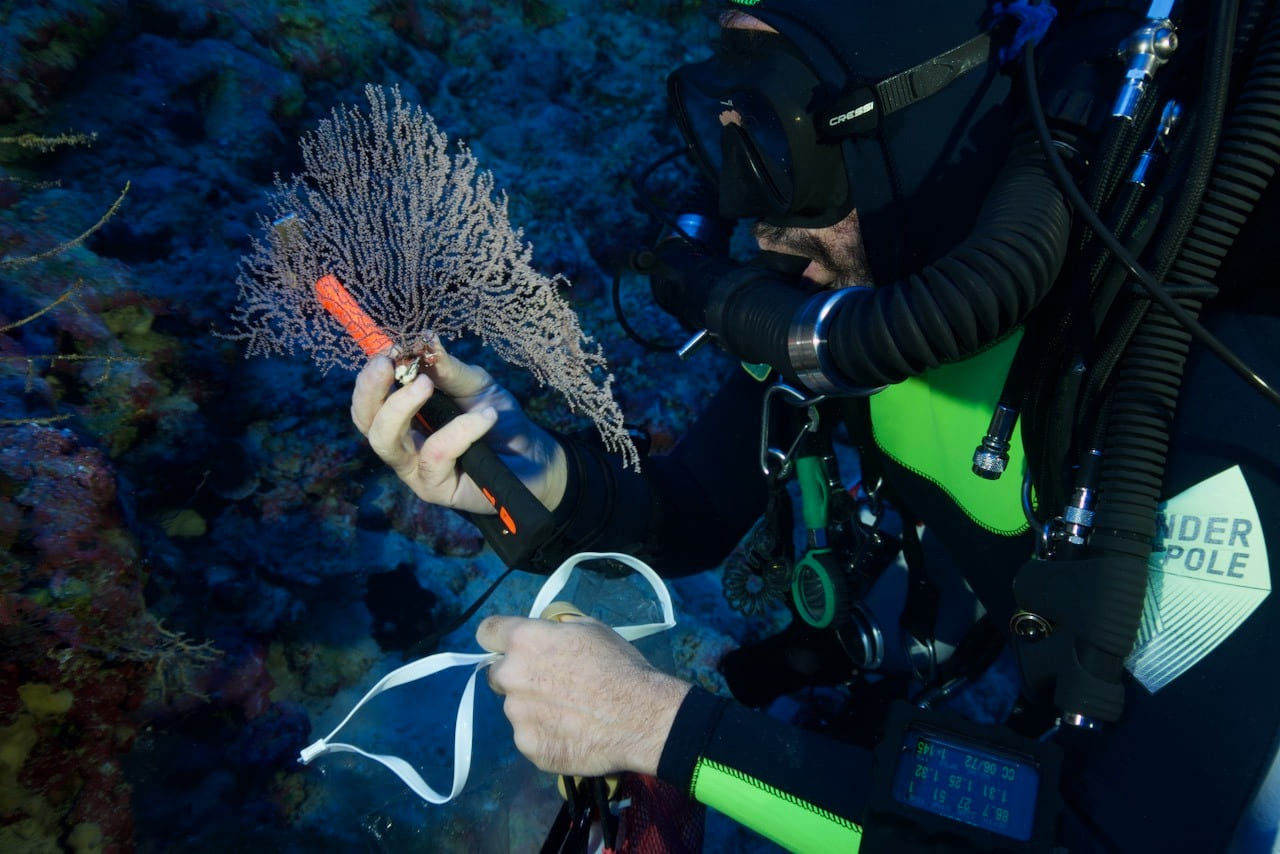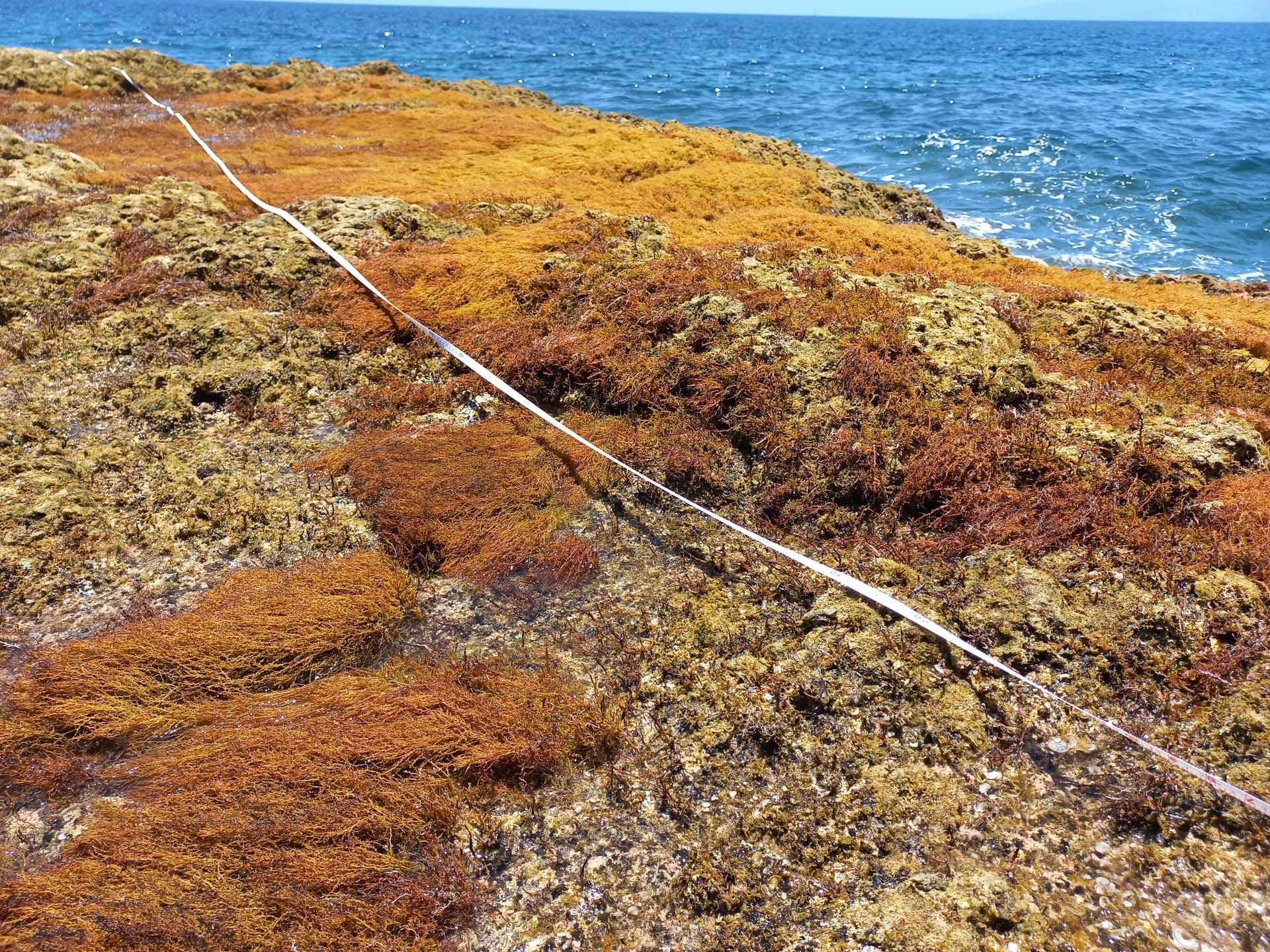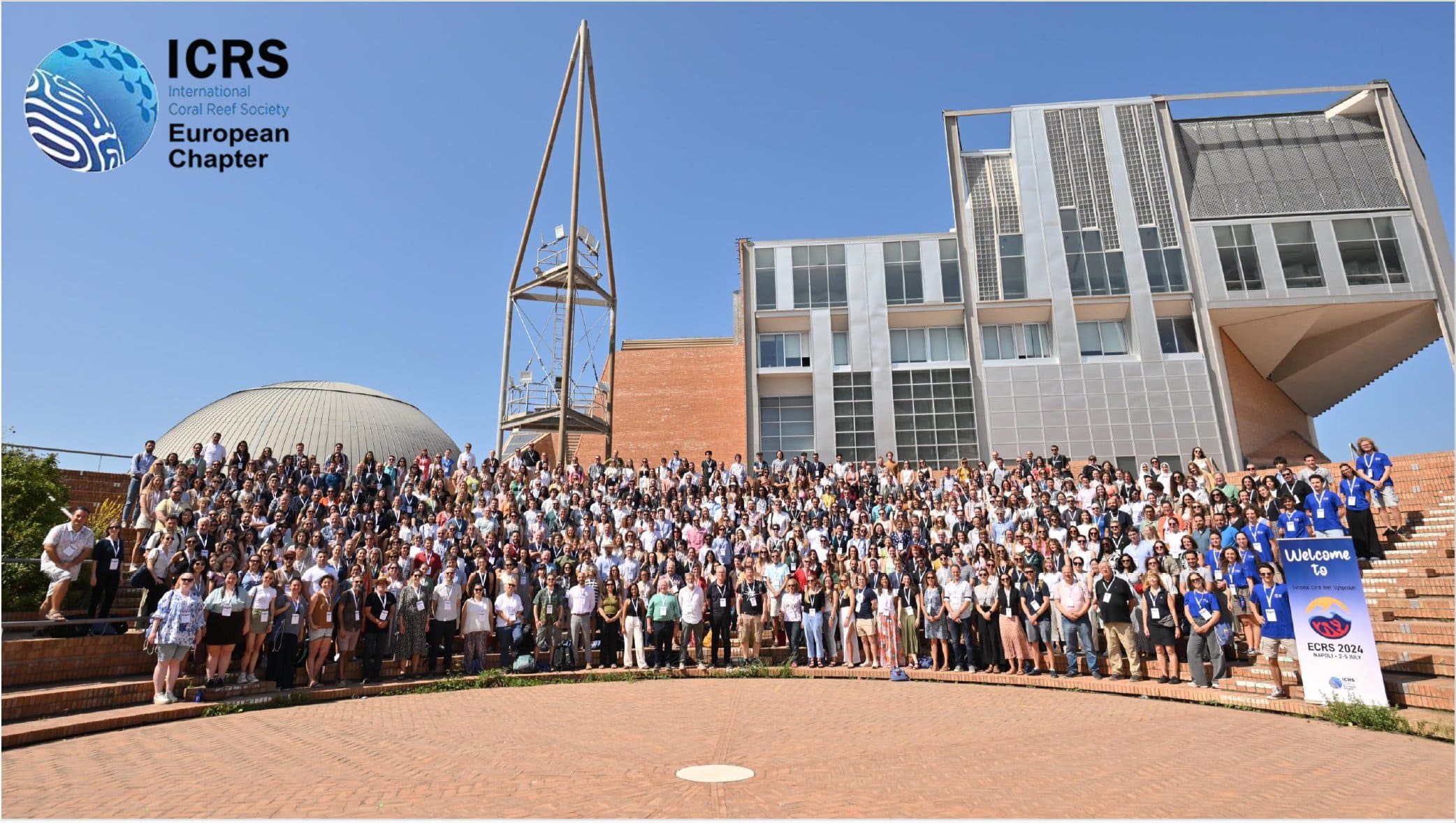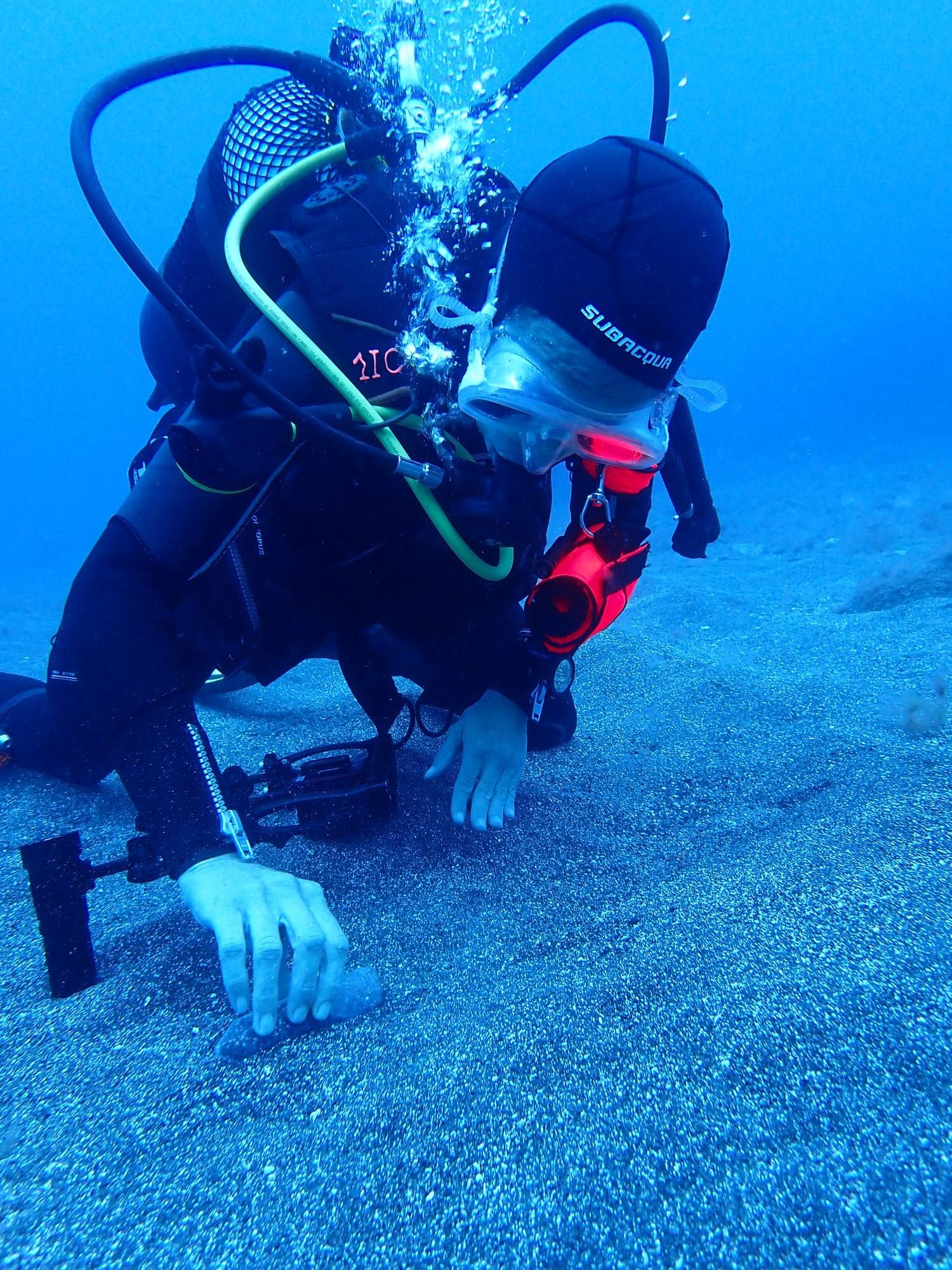Photo credit: Aldo Ferrucci
Author: Sergio Rossi
The acceleration of biodiversity loss and ecosystem complexity has reached a critical point, placing humanity at a pressing crossroads. It’s now clear that conservation alone is insufficient; we urgently need regeneration. Regeneration, distinct from restoration, takes a holistic approach, considering all interconnected habitats and aiming to restore overall ecosystem functionality.
Regeneration necessitates two significant paradigm shifts. The first involves upscaling plans. While restoration efforts are progressing, there is a need for comprehensive plans to establish large-scale animal and plant restoration programs across various marine environments.
The second paradigm shift is about empowering local communities. Restoration plans must involve people as customers, creating a business model that helps fund conservation and restoration efforts, which in turn supports regeneration. This approach is not about privatisation or restricting access to those who can afford it. Instead, it involves engaging people from diverse economic backgrounds in restoration and offering tangible returns regarding awareness, education, and enthusiasm for biodiversity and ecosystem recovery. People are willing to pay to preserve marine life’s complexity, beauty, and diversity. Thus, tourism can play a crucial role in new conservation plans.
Expanding marine protected areas is not enough; we must provide financial mechanisms to support the maintenance of surveillance and infrastructure in regenerated areas. Simultaneously, these areas need to be rethought in their complete concept, and how they should be monitored and assessed should also be considered. Existing methods to quantify biodiversity, calculate ecosystem metabolism, and recover degraded areas with underwater gardening are effective. Advances in seagrass transplant methods, environmental DNA analysis to measure biodiversity, and health assessments of coral reefs demonstrate these capabilities. However, technology and scientific advances alone are insufficient. Inclusive policies are needed, involving local communities, especially indigenous people, in conservation and restoration processes. These communities are vested in maintaining or recovering lost habitats, but policymakers and stakeholders often overlook them.
Restoration efforts promote biodiversity, enhance carbon sequestration, and accelerate coastal and offshore resilience. However, we still need a unified program integrating conservation and restoration while engaging local citizens and turning socio-economic challenges into opportunities. An advanced restoration program must combine ecological perspectives with societal commitment and provide clear economic benefits for local communities. Moreover, these programs must be designed to ensure continuity beyond the lifespan of any single project. Creating synergies among academia, policymakers, and society (both local and international) is essential to address the loss of ocean ecosystem services. We can develop and implement effective solutions to combat biodiversity loss and restore ecosystem complexity by working together.
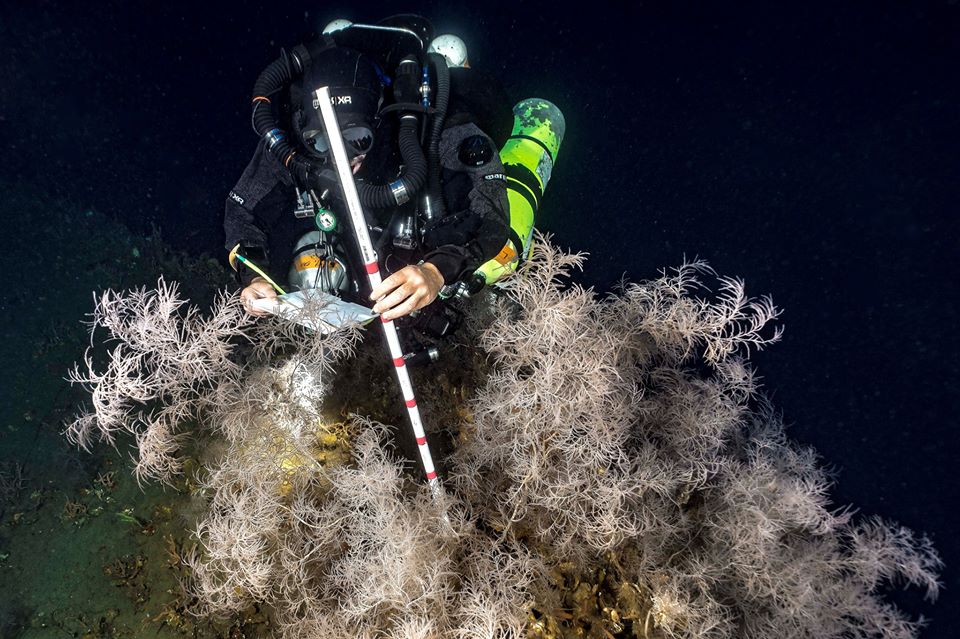
The OCEAN CITIZEN approach
As a solution to address this need, the OCEAN CITIZEN project introduces a novel restoration approach with seven pillars supporting this process:
1) Comprehensive Restoration Toolbox: restoration is conceived as a versatile toolbox applicable across five sites, each representing different marine ecosystems and environments—subtropical, tropical, polar, warm temperate, and cold temperate. In one site, all tools are used in concert;
2) Sea Gardeners Profession: the project promotes the profession of "gardeners of the sea" to train individuals in marine restoration techniques;
3) Focus on Marine Neglected Habitats: the initiative targets the restoration of the most neglected marine biomes, particularly various types of Marine Forest (MF) organisms such as seagrasses, seaweeds, sponges, corals, and gorgonians;
4) Innovative Ecoengineering: new ecoengineering methods are applied, including Integrated Multitrophic Aquaculture and Smart Enhanced Reefs (SERs). These SERs serve as substrates for the massive recruitment and transplantation of MF organisms;
5) Diverse Restoration Environments: restoration activities are conducted both on land and in situ, ranging from shallow waters to mesophotic and continental shelf areas (up to 90-100 meters depth);
6) Carbon Immobilization and Biodiversity Enhancement: the project employs a novel approach to carbon sequestration and sinking, as well as the enhancement of the associated to the Marine Forests Biodiversity;
7) Community and Stakeholder Involvement: the involvement of citizens and local stakeholders is ensured through a comprehensive business plan, making restoration a community-driven effort.
The OCEAN CITIZEN proposal represents a holistic and sustainable approach to marine conservation, integrating ecological restoration with economic and social benefits.
